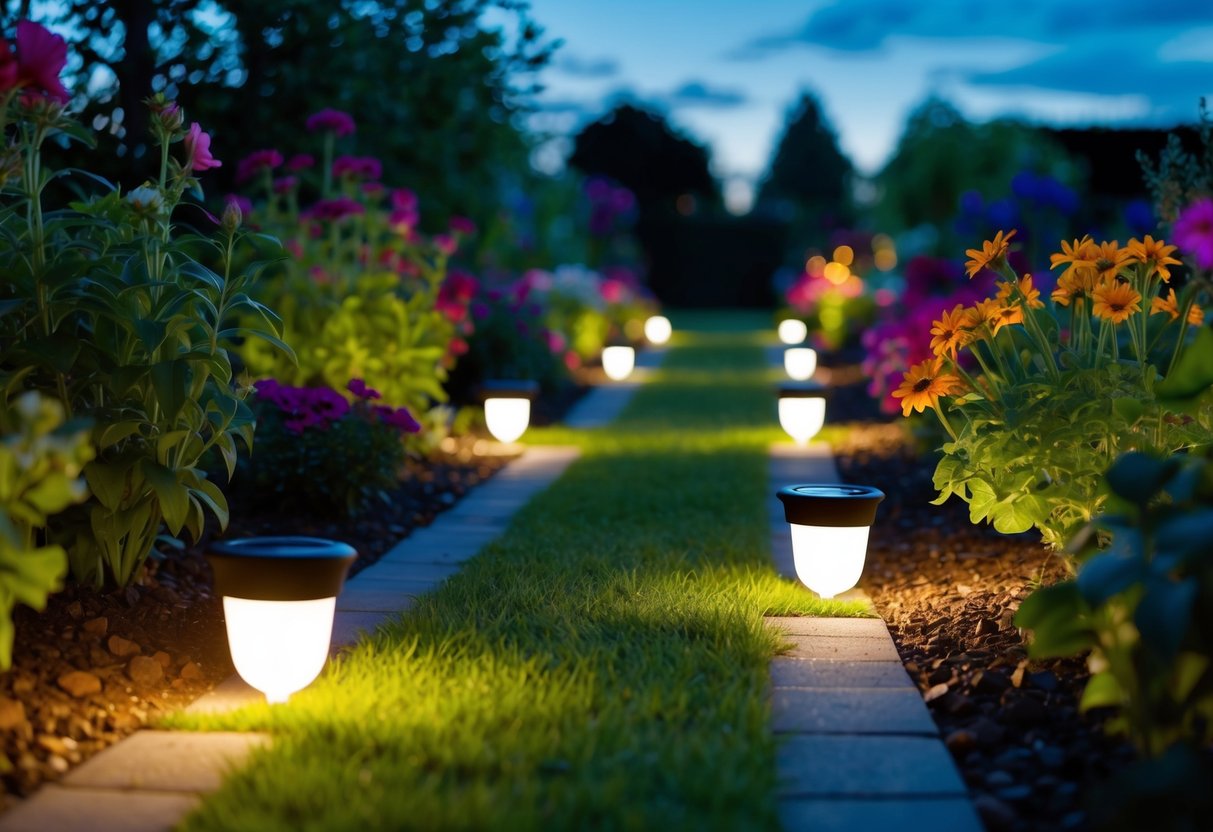DIY Solar Lights for the Garden: Energy-Efficient and Beautiful
Transforming a garden into a haven of beauty and sustainability has never been easier with the introduction of DIY solar lights. These eco-friendly lighting solutions not only enhance the aesthetic appeal of outdoor spaces but also reduce energy costs. Harnessing the sun’s power, solar lights provide an energy-efficient and beautiful way to illuminate gardens.
Adopting solar technology in garden lighting offers significant advantages. As they run on renewable energy, there’s no need for electrical wiring, making installation straightforward and safe. They charge during the day and illuminate the garden at night without adding to the electricity bill, combining practicality with eco-conscious living.
Embracing solar lighting can inspire creativity, allowing homeowners to design unique and captivating landscapes. With various styles and designs available, DIY solar lights can highlight key garden features, create pathways, and add a touch of magic to any outdoor setting. Each light becomes a statement piece, reflecting personal style while contributing to a greener planet.
Understanding Solar Lights

Solar lights transform sunlight into energy, offering an eco-friendly way to illuminate gardens and reduce energy bills. They come in various designs suited for different aesthetic and functional needs. Whether for pathways, shrubs, or decorative purposes, there’s a solar light type to meet any garden’s requirements.
The Basics of Solar Light Functionality
Solar lights operate by converting sunlight into electricity using photovoltaic cells. These cells absorb sunlight and generate direct current (DC) which is stored in rechargeable batteries. As daylight fades, a photosensor triggers the light-emitting diode (LED) to glow, utilizing the stored energy.
Each component of the solar light has a specific role. The solar panel, generally mounted atop the fixture, is pivotal for capturing sunlight. The integrated battery serves as a reservoir for the energy waiting to be deployed during nighttime. LED bulbs, known for their efficiency and longevity, ensure the light remains bright over extended periods.
Types of Solar Lights for Gardens
Garden solar lights are available in multiple types, each serving distinct purposes. Pathway lights are popular for illuminating walks and driveways, enhancing safety and aesthetic appeal. Spotlights are designed to emphasize particular features, such as statues or specific plant areas, by casting focused light. Decorative lights, including fairy lights or lanterns, contribute ambiance and charm.
Functional diversity extends to the design and installation methods. Some are staked directly into the ground, while others are designed to hang or blend seamlessly with surrounding foliage. The variety ensures that homeowners can find options that match their unique garden layout and lighting needs.
Planning Your Solar Garden Lighting
Effective solar garden lighting combines the aesthetics of your garden with the practicality of energy-efficient designs. Proper assessment and strategic placement of solar lights ensure enhanced illumination and visual appeal.
Assessing Your Garden Space
Evaluating your garden’s layout is crucial when planning solar lighting. Consider the garden’s size, shape, and existing features like pathways, plants, and water elements. Identifying these components helps determine areas that require illumination and those where solar lighting can highlight specific designs.
The direction and amount of sunlight received by different parts of the garden play a vital role. Areas with less shade and more exposure to sunlight are ideal for solar lights. This ensures they receive adequate sunlight to charge effectively. Understanding these attributes aids in selecting suitable solar designs that complement the garden space and fulfill lighting needs.



